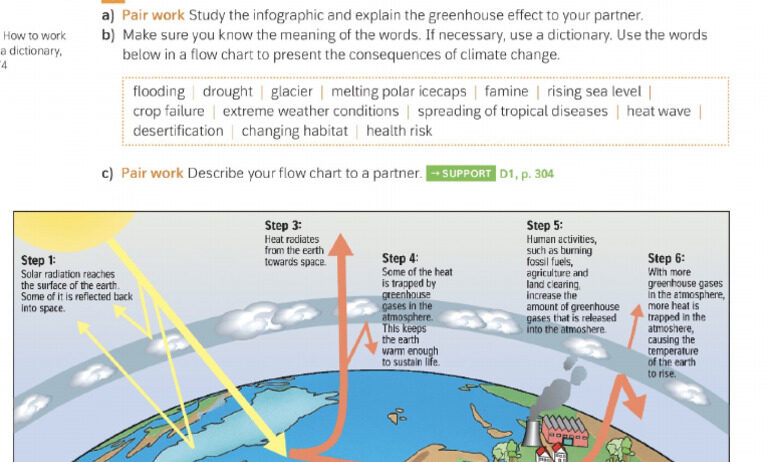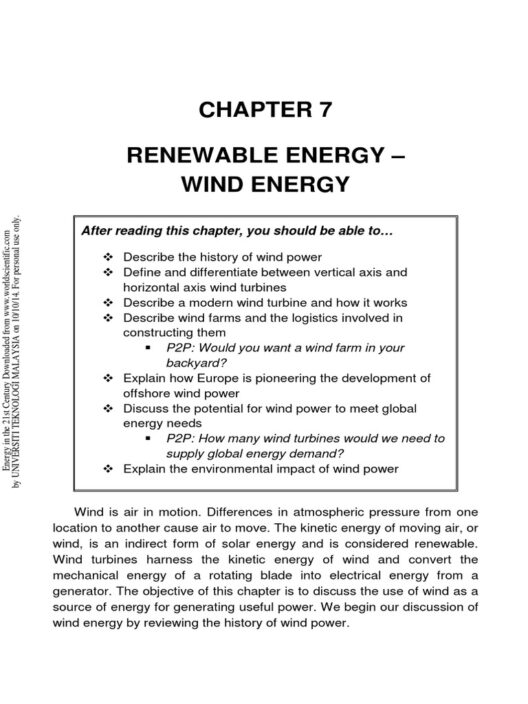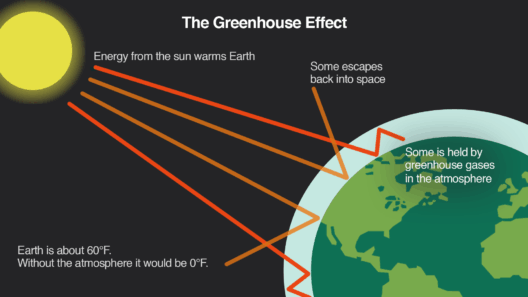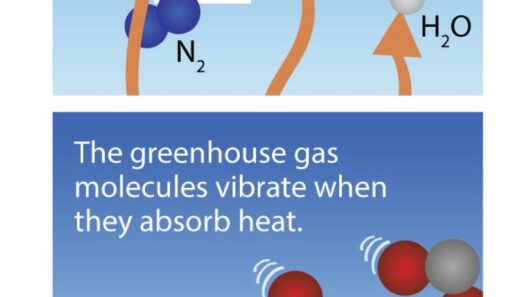The Greenhouse Effect: An Intriguing Environmental Phenomenon
Have you ever pondered over why the Earth feels warmer than it should, considering its distance from the sun? This curious question leads us directly into the heart of one of the most critical environmental phenomena: the greenhouse effect. Understanding this process is paramount for anyone interested in environmental science and climate change. Although it seems deceptively simple, the greenhouse effect encompasses a multitude of intricate systems and reactions that govern our planet’s climate.
But before diving deep, let’s playfully consider: what if Earth had no greenhouse effect? Would we be perpetually shivering in an ice age? This thought experiment opens the door to understanding both the benefits and drawbacks of the greenhouse effect.
The Role Of Greenhouse Gases: Nature’s Warm Blanket
The greenhouse effect is primarily driven by greenhouse gases (GHGs), a group of gases that include carbon dioxide (CO2), methane (CH4), nitrous oxide (N2O), and water vapor. These gases play an instrumental role in trapping heat in the Earth’s atmosphere.
When sunlight reaches the Earth, a portion of this solar energy is absorbed, warming the surface. The Earth then emits this energy back into space in the form of infrared radiation. However, greenhouse gases absorb and re-emit some of this heat instead of allowing it to escape entirely. This process creates a warming effect, often referred to as the greenhouse effect. In essence, GHGs act as a protective barrier, maintaining the Earth’s average temperature at approximately 59°F (15°C), a range that is conducive to life as we know it.
Consequently, without these gases, the Earth would be a frigid and inhospitable rock, struggling to support any form of life. Yet, the paradox lies in the fact that an excess of these gases could lead to catastrophic consequences, illustrating the delicate balance of our environment.
The Mechanism Of The Greenhouse Effect: A Closer Look
Understanding the mechanisms involved in the greenhouse effect requires delving into the science of radiation and atmospheric dynamics. The process begins with the sun, emitting energy across the electromagnetic spectrum, much of which is absorbed by the Earth.
Upon absorption, the surface temperature increases, prompting the Earth to emit energy back into the atmosphere. However, that transformation isn’t straightforward; infrared radiation has longer wavelengths that can be efficiently absorbed by greenhouse gases. When GHGs capture this energy, they enter an excited state and re-radiate heat in all directions, including back towards the Earth’s surface. This phenomenon is analogous to wrapping your home in warm blankets on a cold night, retaining heat that would otherwise escape.
Such a symbiotic relationship maintains a temperature range that encourages biodiversity and ecological stability. However, the additional layer of complexity arises when considering human activities that contribute to the increased concentration of greenhouse gases.
The Human Contribution: A Double-Edged Sword
Human activities have significantly escalated the levels of greenhouse gases in the atmosphere. Industrialization, deforestation, and the burning of fossil fuels have led to an unprecedented increase in CO2 and other harmful gases. According to the Intergovernmental Panel on Climate Change (IPCC), the CO2 concentration has risen by over 40% since the pre-industrial era.
This alarming trend has far-reaching consequences. More greenhouse gases result in increased solar energy retention, contributing to a rise in global temperatures – a phenomenon commonly known as global warming. This escalation triggers a cascade of environmental impacts, including rising sea levels, shifting weather patterns, and more frequent extreme weather events, which threaten ecosystems and human health.
It’s a precarious dance we are engaged in; human innovation finds itself at odds with environmental sustainability. The question remains: can we learn to strike a better balance, mitigating our adverse effects while preserving the environmental advantages that the greenhouse effect can bring?
The Future Of The Greenhouse Effect: A Call For Awareness
As we stand on the brink of potential environmental catastrophe, understanding the greenhouse effect becomes increasingly crucial. Awareness of this phenomenon is not just an academic pursuit; it carries immediate and far-reaching implications for how we live our lives and engage with the planet.
Public discourse around climate change should be rooted in understanding the science behind the greenhouse effect. Educational initiatives, environmental policies, and individual accountability can coalesce to foster informed communities ready to take action. Renewable energy sources, afforestation, and sustainable consumption act as antidotes to mitigate excessive greenhouse gas emissions.
Embracing sustainable practices isn’t merely an act of responsibility; it’s a transformative shift towards collective global consciousness. The message is clear: understanding the greenhouse effect could very well impact how we decide to shape our legacy on this Earth.
In conclusion, the greenhouse effect is a multifaceted phenomenon that serves as both a vital component of Earth’s climate system and a double-edged sword in the face of anthropogenic influences. As global citizens, acknowledging our role in this intricate balance could be key to ensuring a sustainable future for generations to come. Ultimately, the question is not just how the greenhouse effect manifests itself but how we choose to respond. Will we rise to the challenge and become stewards of our planet, or will we succumb to the climate crises that loom on the horizon?






